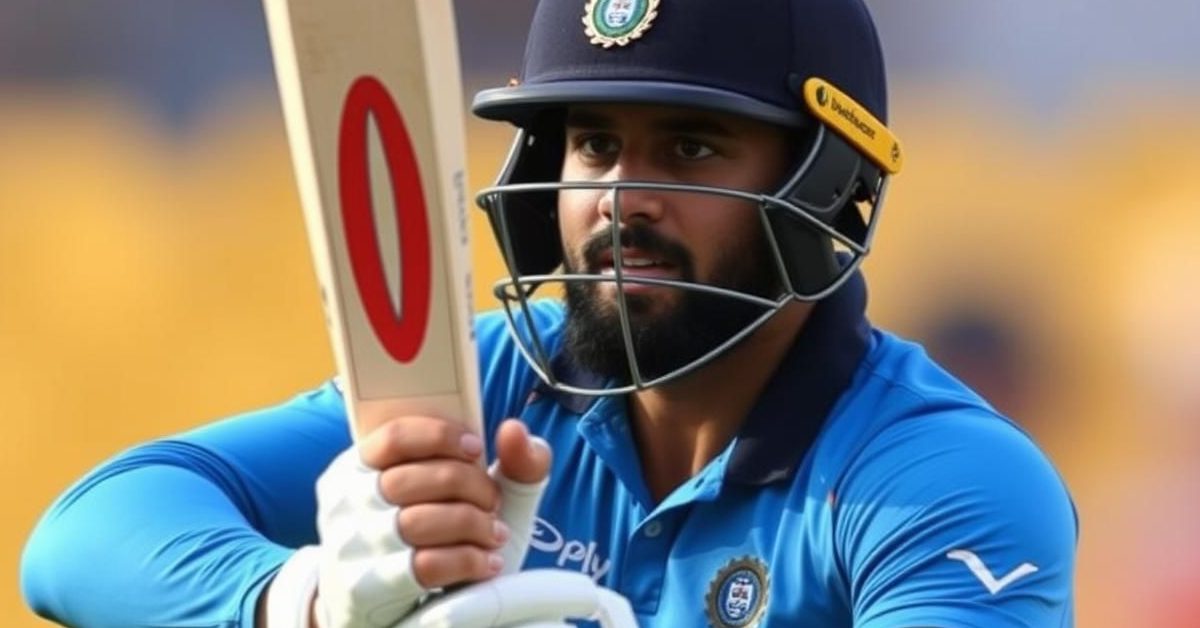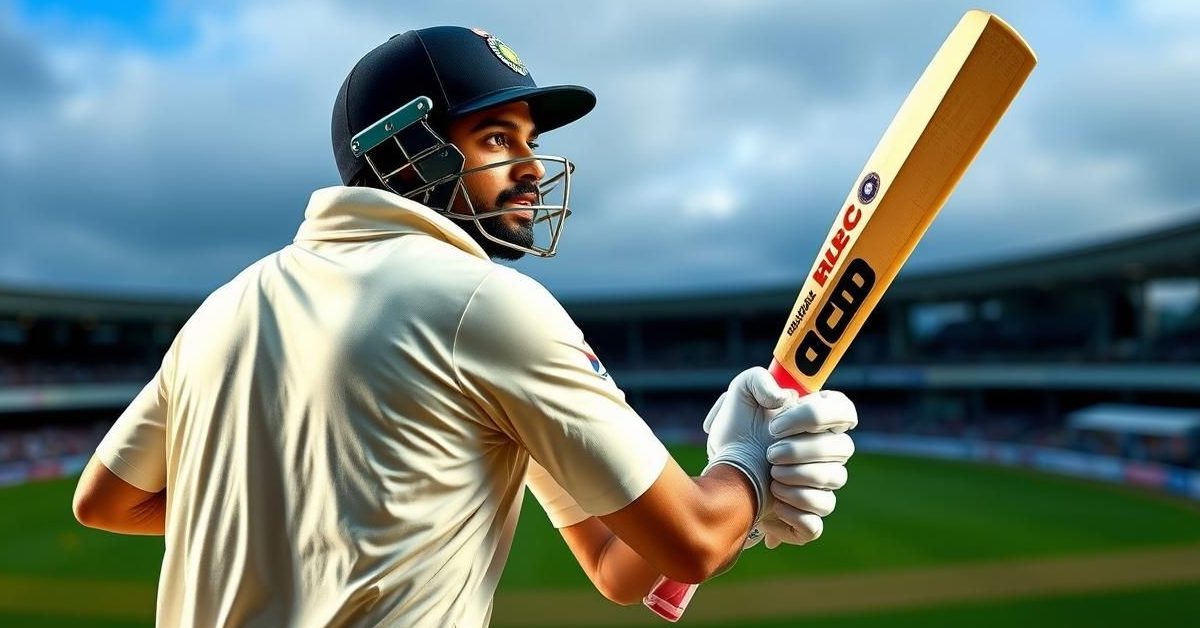The Bazball Enigma: Why England’s Relentless Approach Demands India’s Boldest Moves
The world of Test cricket has been dramatically reshaped by “Bazball,” England’s aggressive and audacious philosophy under captain Ben Stokes and coach Brendon McCullum. This high-octane brand of cricket, characterized by blistering scoring rates, has become a formidable challenge for even the most formidable touring sides. It forces opponents into a strategic bind, making victory uncertain even after securing all 20 wickets. As India prepares for the crucial second Test against England in Birmingham, a curious strategic debate emerges: could an overly cautious selection decision inadvertently surrender a vital advantage?
Since the advent of the Bazball era in June 2022, England’s home Test record highlights their remarkable resilience. In 21 matches played on their home turf, the English batting lineup has been dismissed twice in a Test on only two occasions. What’s even more astonishing is that the hosts still managed to clinch victories in both those instances. This occurred when the opposition either took an unusually slow approach to claiming wickets – for example, Sri Lanka requiring 156.4 overs for 20 wickets at Lord’s in 2024 – or when bowlers proved excessively expensive, as seen with Australia’s 20 wickets coming at a staggering 4.82 runs per over at The Oval in 2023.
Unpacking England’s Blistering Home Scoring Rates
England’s commitment to piling on runs at a rapid clip is undeniable. Across 16 of their 21 home Tests in the Bazball era, their run rate has consistently soared above four runs per over. This aggressive intent has fundamentally altered the dynamics of Test cricket in England. To put this in perspective, the lowest match economy rate recorded by a winning team against this Bazball juggernaut stands at 3.55, achieved by South Africa at Lord’s in 2022. Even powerhouses like Australia, during their successful encounters at Edgbaston and Lord’s in 2023, and Sri Lanka, conceded runs at rates exceeding four per over in their victories. This paints a clear picture: containing England’s scoring is paramount, even in winning efforts.
Edgbaston’s Spin Sanctuary: A Crucial Advantage for India
Against this backdrop, the decision to potentially sideline wrist-spinner Kuldeep Yadav for the Edgbaston Test at Birmingham could be a significant misstep for India. The very ground, Edgbaston, has historically proven far more accommodating to spinners than most other English venues. A recent precedent reinforces this: during Australia’s victory at this venue in 2023, veteran off-spinner Nathan Lyon emerged with the best match figures, claiming two crucial four-wicket hauls that underscored spin’s potency here. It’s no wonder that India’s seasoned off-spinner Ravichandran Ashwin has emphatically stated that “Kuldeep must play” – a sentiment born from deep understanding of conditions and opposition.
Indeed, statistics from the 21st century paint Edgbaston as the most successful English ground for visiting spinners. At this venue, English wickets fall to spin at a remarkable strike rate of under 60 balls per dismissal, averaging below 30 runs per wicket. This stands in stark contrast to other grounds, offering a distinct strategic advantage that India can ill afford to squander.
Kuldeep Yadav: The Chinaman Conundrum for Bazball
In many respects, Kuldeep Yadav’s unique brand of left-arm wrist-spin could be the definitive answer to curbing Bazball’s relentless scoring. It’s a striking anomaly that only a single over of wrist-spin has been bowled against England on their home soil in the past three years – a statistic that highlights the rarity and potential impact of this bowling style.
A global examination of England’s record against wrist-spinners during this period reveals a telling vulnerability: they average just 30.50 runs per dismissal. Within this context, Kuldeep Yadav’s contributions are nothing short of exceptional. He has accounted for 19 of the 51 wickets claimed by wrist-spinners against England, boasting an impressive strike rate of 36.0 and an outstanding average of 20.6. His ability to generate dip, drift, and turn provides a genuine wicket-taking option that can disrupt England’s rhythm and stem the flow of runs.
The Numbers Don’t Lie: Why Spin Dominates Edgbaston
The statistical evidence further strengthens the case for Kuldeep Yadav’s inclusion:
* **4.96:** This is the economy rate of visiting pacers at Edgbaston during the Bazball era, the highest across all English venues. This stark number underscores the difficulty fast bowlers face in containing England’s aggressive batsmen here, making the case for a more economical, wicket-taking spin option even stronger.
* **5:** A telling figure – no specialist wrist-spinner has featured in a Test match in England since Pakistan’s Yasir Shah and Shadab Khan in 2020. This highlights a significant tactical gap that India could exploit with Kuldeep.
* **55.1:** This phenomenal strike rate represents how often visiting spinners claim wickets at Edgbaston across 20 Tests this century, accounting for 92 dismissals. It is demonstrably the best strike rate among all English venues for visiting spin, showcasing its inherent effectiveness.
* **29.40:** The average of visiting spin bowlers in Birmingham this century stands as the best among all England grounds. This further solidifies Edgbaston’s reputation as a pitch where spin thrives, providing a compelling argument for India to leverage this advantage.
Ultimately, overlooking Kuldeep Yadav’s unique skillset and the historical evidence favoring spin at Edgbaston could prove to be a costly gamble for India. Against the relentless, high-scoring force of Bazball, a truly attacking, wicket-taking option like Kuldeep is not merely a choice, but potentially a necessity for victory.












